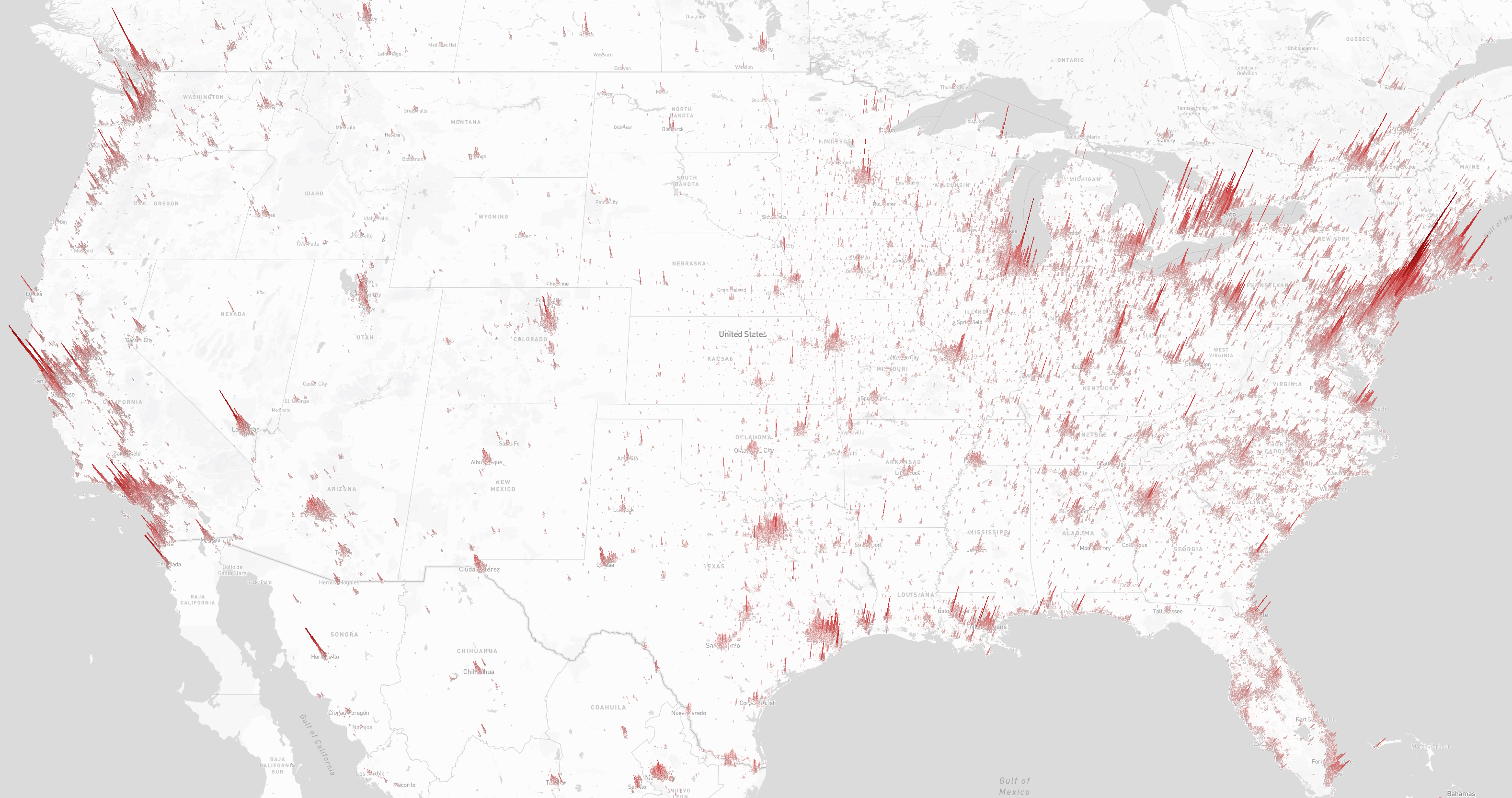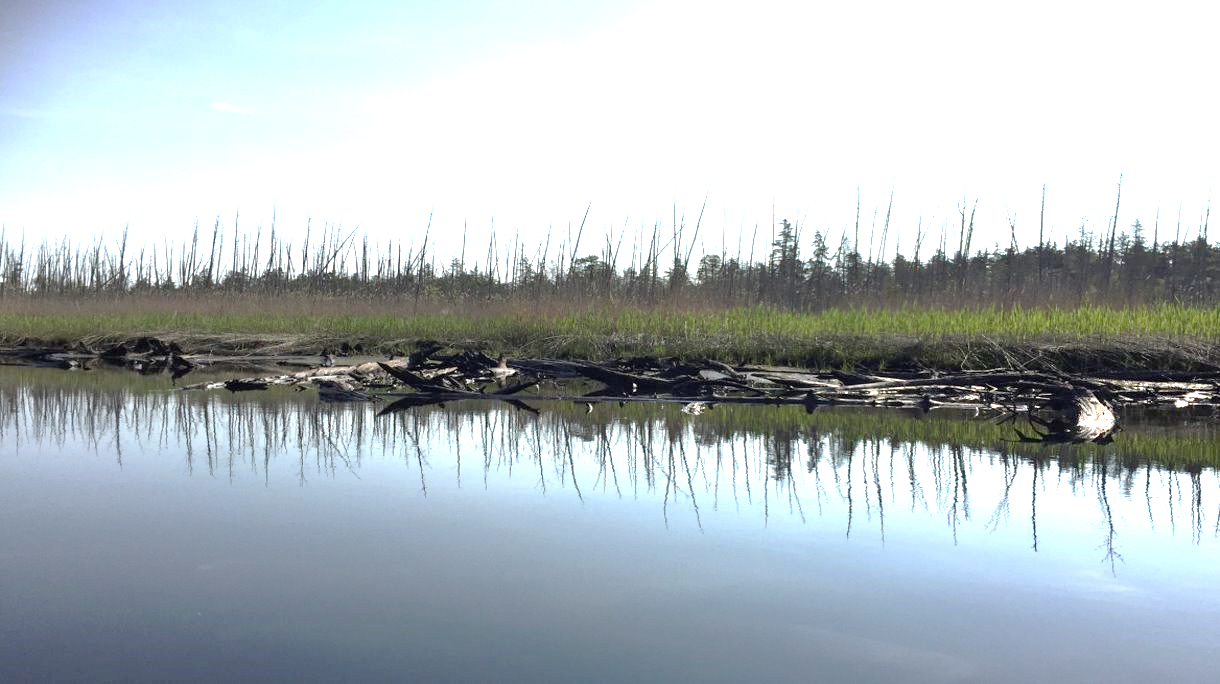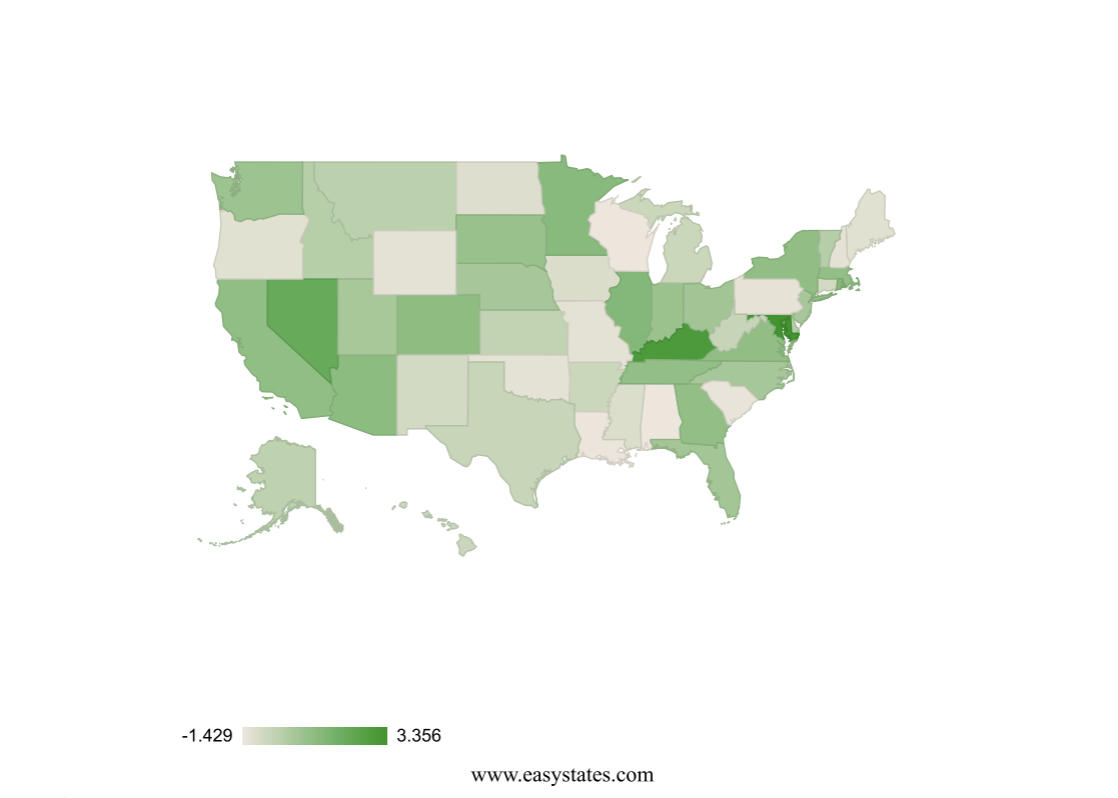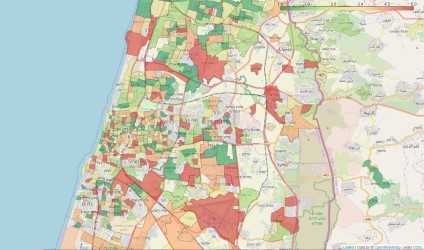A new mapping project led by the West University of Timișoara, Romania and the University of Illinois Urbana-Champaign puts 427 crayfish taxa and over 100,000 observation records on the first searchable global atlas: World of Crayfish. The map will help protect vulnerable crayfish species and manage invasive ones worldwide.






